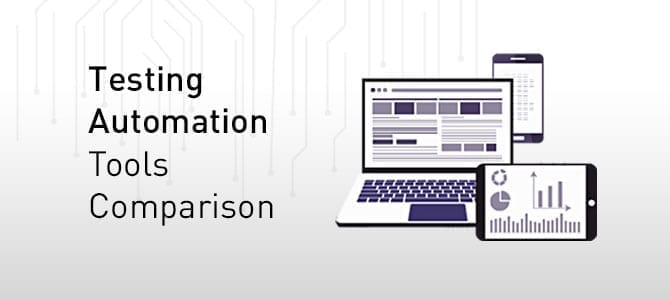More and more, organisations involved with complex software development are looking to automate their testing strategy. By allowing a machine to execute pre-written scripted test scenarios at thousands of times the speed at which a human operator could, a much larger test coverage can be achieved. Since the test machines are capable of running the scenarios continuously on a 24/7 basis and reporting on an exception basis, the test analysts can concentrate only on the exceptions, adding greatly to their productivity.
Automated testing can simulate the application being used by one operator, or 1000. Stress testing an application in this way is a great method of validating the architectural choices with minimal human intervention.
But implementing test automation on this scale can be a daunting prospect. Fortunately, there are several commercially available platforms on the market that are specifically designed to manage the creation of scripted test scenarios, and to manage the execution of the complete test plans, along with presenting the results reports at completion. While they can all fulfill this requirement well, each has their own specific approach.
To make this decision easier, Mitrais has undertaken a comprehensive comparative analysis of four of the leading automated test platforms. If you are interested in adding automation to your testing strategy, we invite you to take a moment to have a read through our results here. Hopefully, they will make that decision a little easier.



